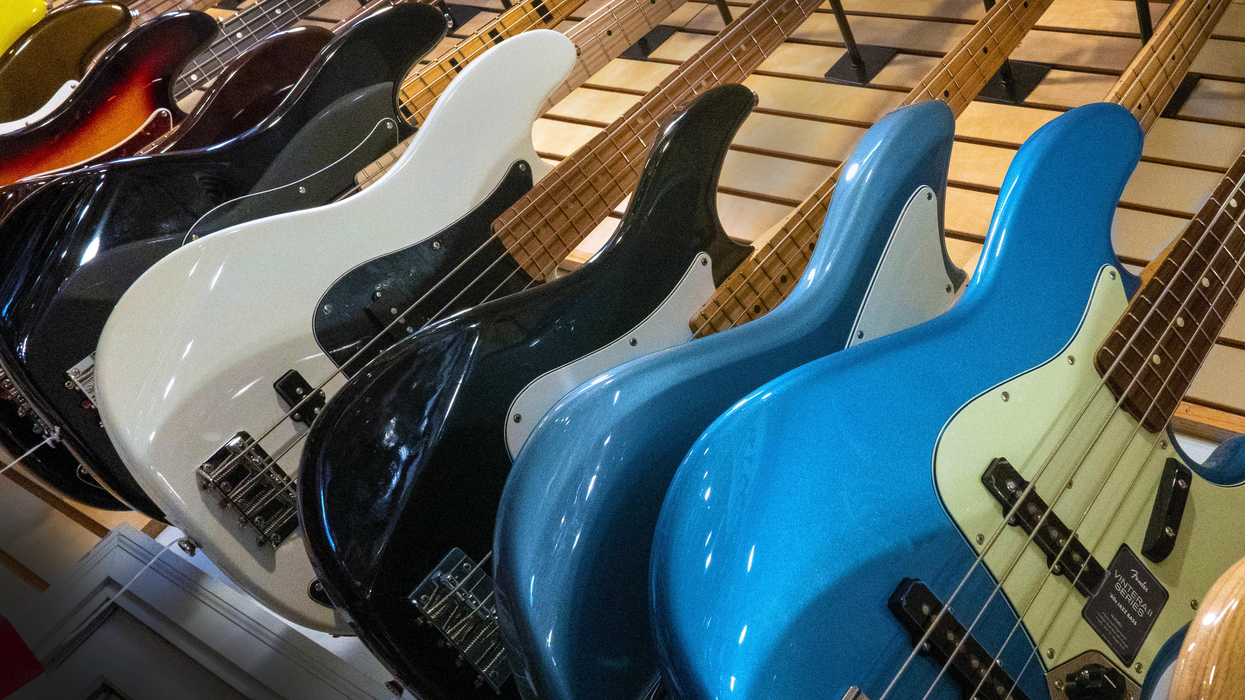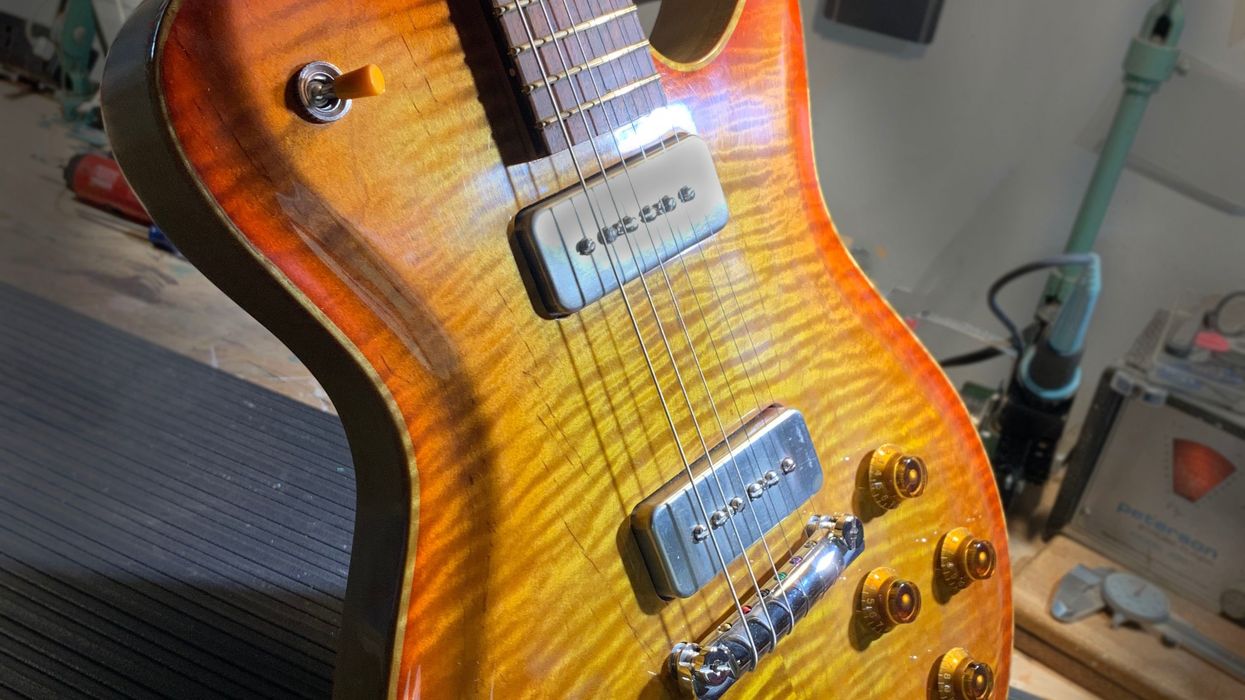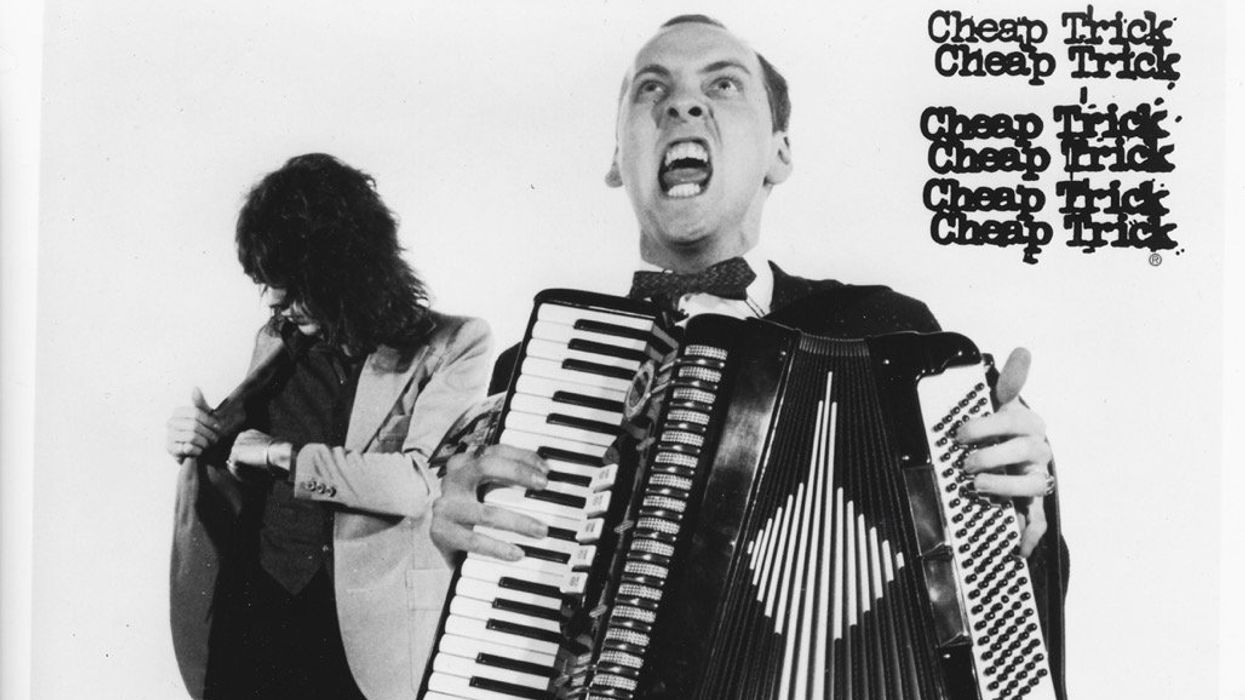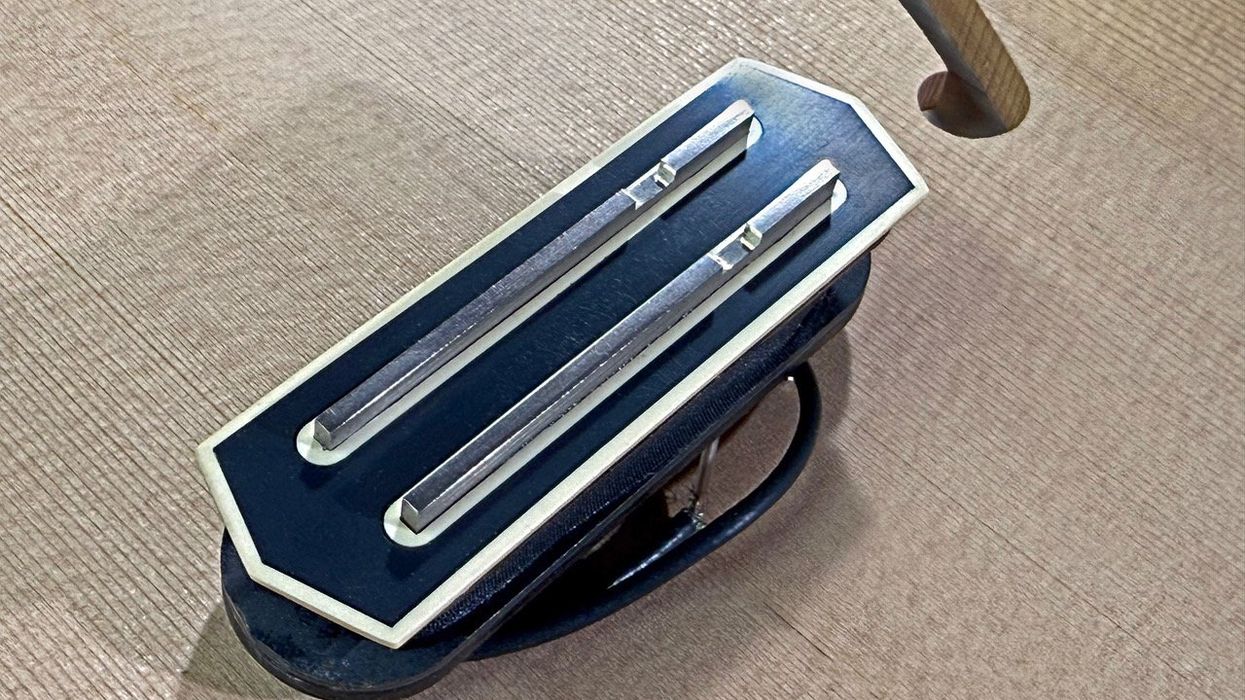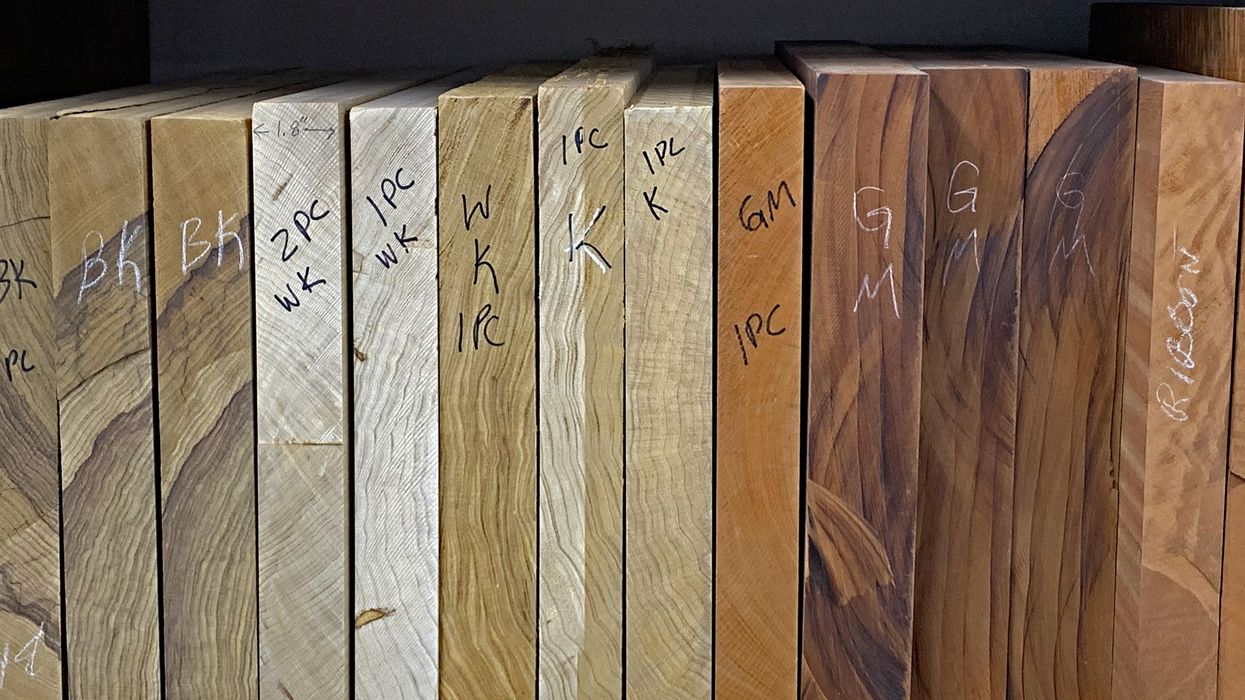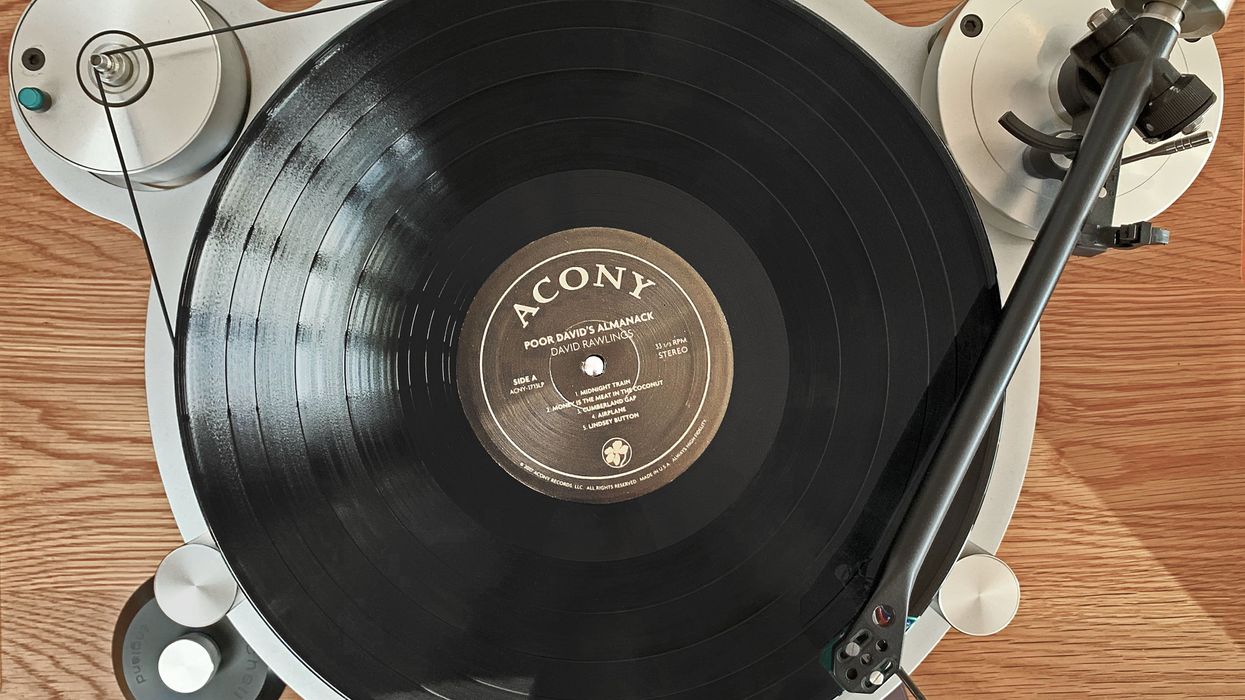Guitarists who fixate on guitars as bespoke assets or alluring pieces of art often speak about what makes an instrument valuable. We’re not talking about practical things like utility or playability, and not necessarily about sound. All things considered, the availability of a vast smorgasbord of good-sounding, playable guitars is pretty much a given today. Even less-than-stellar builds can be massaged into a professional-level machine by a good tech—think of the cheap 1960s pawnshop guitars that are pressed into service by trendy bands today. The properties that get mentioned as value factors are, most usually, desirability (or, cool factor) and rarity. The former attribute is hard to quantify, whereas the latter is not.
Desirability may change with musical trends, celebrity endorsements, or even market fads driven by social media. Rarity is something else altogether, although sometimes it’s a matter of misperception. (The one throwaway, oddly enough, is retail price. You only have to calculate the cost of a Les Paul Standard from 1959 into today’s money to see that selling price is a poor indicator of future value.)
Certainly, if there is demand for an item and it’s also hard to obtain, that’s a recipe for rising prices. This works out well for companies who reissue designs of their legacy items when in demand. When asked when my company would reintroduce certain discontinued models, my answer was simple: When the price of a used version exceeds what we’d have to charge for a new one. In the case of the ’59 Les Paul, an original surpassed that mark by 1970, and the gap has widened ever since. Similarly, Fender’s top three legacy instruments have done much the same, despite the plethora of exact copies. Chalk this up to brand strength as a component to desirability—the Gemini constellation of marketing. Mix in the perception of rarity of the original items, and there you have it.
“Making a great product isn’t a road to riches.”
Somehow, the boutique world has adopted rarity as an asset in the present tense. I’ve written a number of times about the expanding number of small builders in the last decade. I describe a small builder as a shop that builds less than 500 instruments a year. You may disagree, but in the days before CNC machining, lasers, and robotic buffing, the industry rule of thumb was eight worker-hours per guitar. Since then, the advent of computerized equipment has made factories much more efficient than back in the day. But if you take the number I mentioned, it still works out that 500 guitars a year isn’t much more than what a small shop can build. A one-person shop won’t approach that output, but I’m only setting the top number, and that’s less than what some of the big factories can manufacture in a day. So, why are small builders often charging the same or less than big factories? It’s an indication of poor demand.
Marketers are fond of saying “Sell the sizzle, not the steak,” and rarity isn’t really on their radar because selling lots of units brings home the bacon. I’ve always looked to products that deliver the goods, but what I’ve learned over the years is that making a great product isn’t a road to riches. I’d always wondered why salespeople made more money than craftspeople. The simple truth is particularly educational for the small builder—anyone can make a guitar, but not everyone can sell one.
My advice to any artisan, including musicians, is stick to your convictions. Don’t worry about rarity because it alone won’t guarantee resale value. As Bob Dylan sang, “I’ll just sit here and watch the river flow,” and I know you can’t step into it twice. Against all odds, fifty years later I still have a job building guitars. Is it rarity that keeps me employed? Is it desirability fueled by my story of a lifetime dedicated to my vision? I’m not sure I even know. Maybe I’m lucky, or maybe I just refuse to quit—which may be rare in itself.



